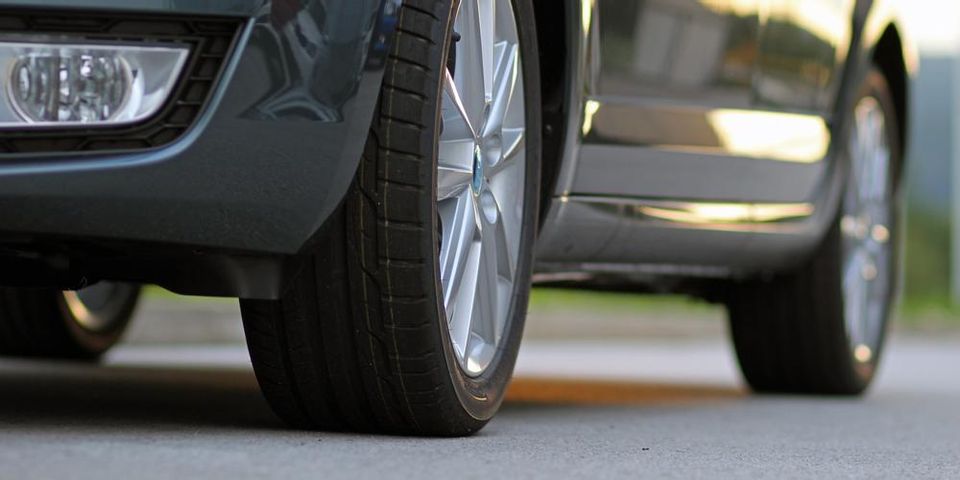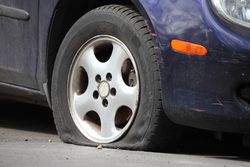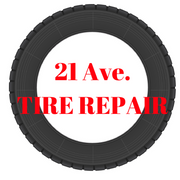
When you discover your car has a flat, your initial impulse may be to buy a new tire. In many cases, that may be your only choice, but before you make the purchase, you should see if the tire can be saved. 21 Ave Tire Repair in Paterson, NJ, explains below how a tire patch, a plug, or a combination of the two can be used to extend the tire's life. The following sections discuss each type of tire repair in detail so that you can understand your options.
3 Common Types of Tire Repair
1. Plugging
 Plugs are the quickest and easiest type of tire repair. To plug a flat tire, a small piece of leather is coated with rubber adhesive and shoved into the hole. Under the heat of driving, the rubber adhesive vulcanizes and hardens into a permanent seal. This type of repair can be done without removing the tire. However, if the hole is irregularly shaped or too large for the plug, the plug can work itself loose. In such cases, patching is a better choice.
Plugs are the quickest and easiest type of tire repair. To plug a flat tire, a small piece of leather is coated with rubber adhesive and shoved into the hole. Under the heat of driving, the rubber adhesive vulcanizes and hardens into a permanent seal. This type of repair can be done without removing the tire. However, if the hole is irregularly shaped or too large for the plug, the plug can work itself loose. In such cases, patching is a better choice.
2. Patching
A tire patch is an adhesive-backed square of rubber glued to the inside of the tire. As with plugs, the adhesive vulcanizes during the heat of driving, which hardens the seal. To patch a tire, it must be removed from the vehicle. Therefore, it takes longer and is more expensive that plugging.
3. Plug/Patch Combination
An even more comprehensive method of repair includes a combination of plugging and patching. A rubber patch featuring a hanging tail is placed inside the tire, and the tail is threaded through the hole to plug the gap. This procedure is the most effective method of tire repair, but it also takes the longest and cannot be completed without removing the tire.
If one or more of your tires are flat, contact the professionals at 21 Ave Tire Repair in Paterson, NJ, before purchasing a new tire. They may be able to patch or plug the existing tire so that it's nearly as good as new. Visit their Yelp page to view business hours and directions, or call (973) 225-0923 to speak with a friendly, helpful professional.
About the Business
Have a question? Ask the experts!
Send your question

